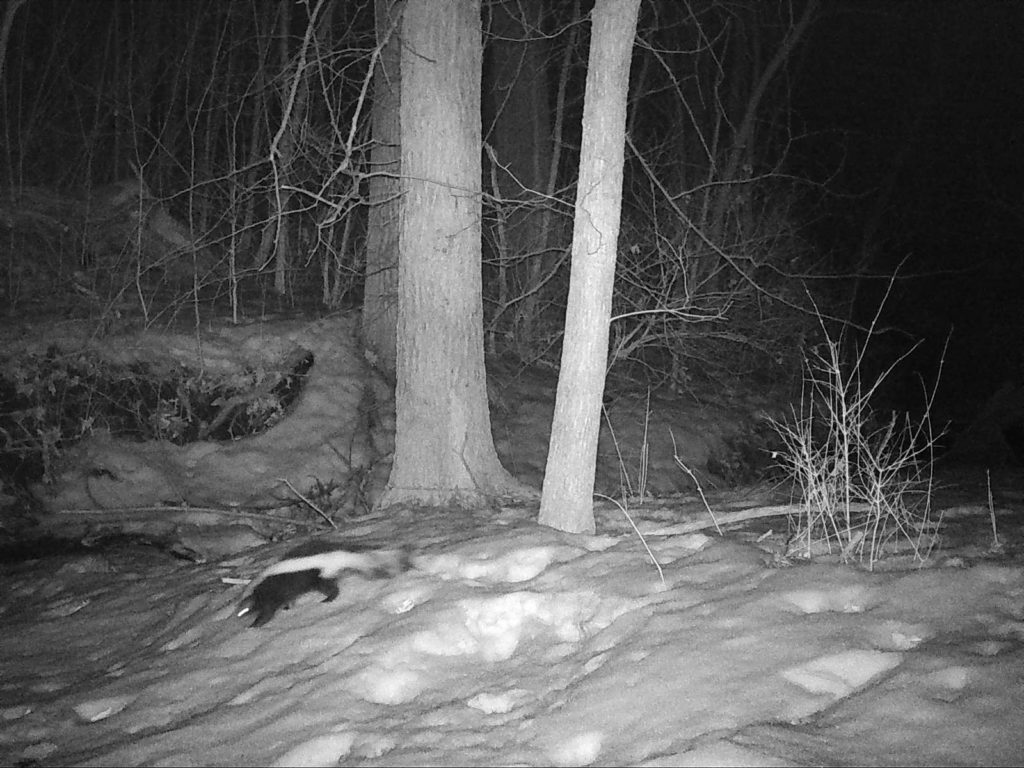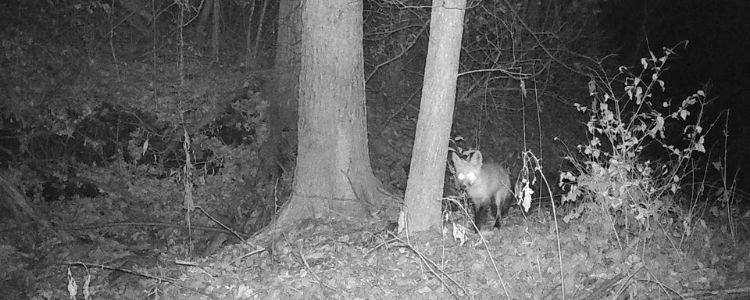Nature at Night
Written by Stalac-Tate
Nature is very different at night compared to the daytime. But why is nature at night different? Let’s start with some obvious reasons, the sun. The sun provides light during the day but it’s dark at night. At night we have the moon to provide some light but it varies as it waxes and wanes. Another comparison is that the temperatures can be different too, as it is usually cooler at night.
Now that we have established a few differences, why might some animals and plants prefer night? What advantages or challenges might there be? Well, there are lots of reasons why animals and plants prefer the dark. Perhaps there are fewer predators, which means less danger. Or there is more prey to eat compared to the daytime. Maybe they like the cooler temperatures the night brings. On the other hand, the dark presents its own challenges, such as making it harder to see or find things.


These animals and plants have evolved and adapted to these conditions. Nature at night has had to evolve, or change, in order to survive. Evolution is the gradual process by which organisms can pass on new, beneficial variations or traits to their offspring, that make them better able to survive. It’s like inheriting the ability to run fast. Being able to run fast means you can catch more food to grow stronger, feed your babies, or outrun predators and live longer. Over time and many generations, organisms can even become new, different species! These variations, or traits, are called adaptations. Adaptations are changes by which an organism or species becomes better suited to its environment.
Evolution and adaptation affect an organism’s daily activities. For example. Bees move around and gather nectar during the daytime, They are diurnal because they are active during the hours of sunlight. Animals that are active during the darkness of night, such as bats or moths, are nocturnal. Some animals are active at twilights (sunrise and sunset), such as deer and mosquitos. These animals are crepuscular. Organisms that are active at all times of the day or night are cathemeral. Some examples of cathemeral creatures are frogs and foxes.
Evolutions and adaptations influence an organism’s circadian rhymes. A circadian rhythm includes anything organisms do that follows the daily cycle. This could include physical, mental, and behavioral changes throughout the day. For example, we are away during daylight, then get tired and sleep at night. Other organisms are the opposite and get tired and sleep during the day. Each organism follows its own rhythm.
There are many different animals that are nocturnal but how have they adapted to being able to survive at night.
- Bigger Eyes: Owls use bigger eyes to see well at night. Diurnal animals have more cone-shaped receptors which allow them to see more color. Nocturnal animals have lots of rod-shaped receptors that simply detect movement. Another adaptation to the eye is called tapetum lucidum, which is a mirror-like layer at the back of the eye that reflects light back into the eye, giving more available light to see by. The mirror-like layer is the reason for the “glowing eyes” you see when a flashlight’s beam hits an animal’s eyes.
- Hearing: Many nocturnal animals have cupped ears, which capture more sound, or asymmetrical hearing, which is the ability to hear separately through each ear. Bats are a prime example of using sound and hearing to improve nighttime survival. They use echolocation. Echolocation is when a bat makes high-pitched noises that go out, bounce off other objects, and return to the bat-like echo. The timing of the returning sound tells the bat what’s nearby.
- Improved Smell: Foxes and raccoons have improved smell to help them detect food many miles away, or follow a scent back to where they hid a food item for later, or their own scent back to their home.
- Bioluminescence: Some animals create their own light through chemical reactions. Deep-sea creatures, glow worms, amphibians, fungi, and fireflies are a few examples.
What about plants? How do plants adapt to nighttime conditions? In some places, plants choose to open their stomata (tiny pores/holes in their leaves that take in CO2 and release oxygen) only at night. If nature at night did this activity during the daytime, it would lose too much water through heat and evaporation by the Sun. Also, some plants have adapted to bloom at night, also to reduce water loss. Night-blooming plants are usually more fragrant which helps guide alternative pollinators to the flower. Night-blooming plants also tend to have white petals to be more visible at night by reflecting more light.
Humans often create other types of light to see at night, such as electricity, batteries, and fire. However, this artificial light does have an impact on nature. It can confuse nocturnal animals. It can affect their circadian rhythm, alter migration as the artificial lights block out starlight, make it harder to find mates, and can shift the balance of predator and prey relationships (prey can see better and escape, so less food for predators). This artificial light is also considered pollution – light pollution – since it disrupts nocturnal activity.
What can we do about this? Well, we can turn off the outside lights! Motion detector sensors or dimmers can be used instead. We can replace bright blue lights with warm white light, which is less likely to affect circadian rhythms. Also, since we aren’t nocturnal and can’t see as well, it’s wise for us to walk slowly and carefully to be safe. We can also be quiet, to try not to scare off any nocturnal animals, which have much better eyesight and hearing than us. We, humans, are most likely to hear nocturnal animals rather than see them.

